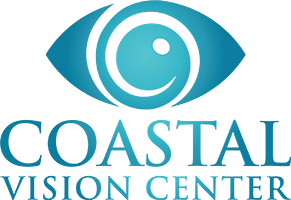Revolutionizing Vision Care with LAL® Technology
Advancements in the field of ophthalmology have offered new horizons for individuals dealing with vision issues, and the introduction of the Light Adjustable Lens™ (LAL®) is a prime example. Developed to refine visual outcomes after cataract surgery, LAL® is an innovative technology that allows eye surgeons to adjust the power of a lens implant after the surgery. This provides a tailored approach to vision correction that is impossible with traditional intraocular lenses.

Light Adjustable Lens™ (LAL®): Revolutionizing Vision Correction Post-Cataract Surgery
At Coastal Vision Center, precision in eye care is paramount. With the LAL® technology, our ophthalmologists enhance patient outcomes by making post-operative adjustments to the lens. These adjustments are made in response to how your eyes heal, which can vary from person to person. This level of customization is designed to provide you with clear, sharp vision that is attuned to your specific needs.
Embracing cutting-edge treatments like the Light Adjustable Lens™ is part of Coastal Vision Center’s commitment to ensuring you receive top-tier eye care. Our adept surgeons and advanced technologies work in unison to address a variety of vision impairments and focus on bringing you closer to your desired visual acuity. With LAL®, you have the potential to enjoy high-definition vision that is optimized for your eyes.
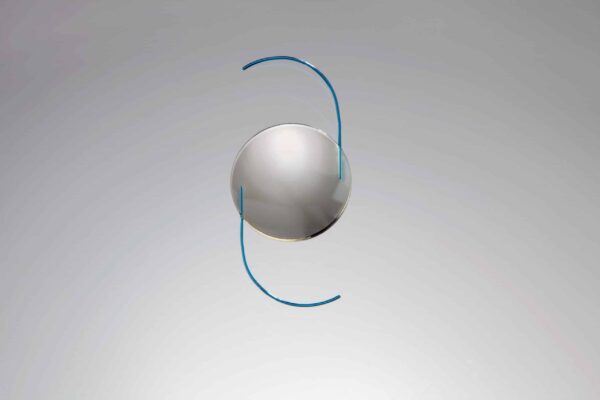
Cataract Surgery: Fixed and Adjustable Lens
Technology Behind Light Adjustable Lens™
The Light Adjustable Lens™ employs precise, innovative technology, allowing you to tailor your vision post-cataract surgery through a non-invasive light treatment.

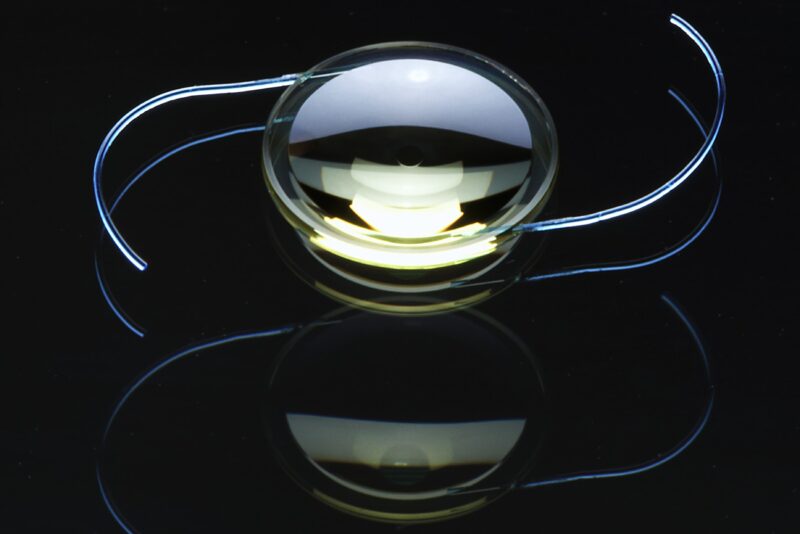
Adjustment Mechanism
The core of the LAL® technology lies in its unique ability to adjust its refractive power after implantation into your eye. The lens is made of a special photosensitive material that changes shape and optical power when exposed to ultraviolet (UV) light. This adjustment process is done through a series of office-based treatments where controlled beams of UV light are applied to the lens.
- Material Composition: Silicones and photosensitive molecules
- Process:
- Initial Implantation: LAL® is surgically implanted, replacing the cloudy natural lens.
- Healing Period: Your eye heals and vision stabilizes (approximately two weeks).
- Adjustment Phase: Targeted UV light alters lens curvature to refine vision.
UV Light Calibration
Calibration is a critical step in tailoring the LAL® to your visual requirements. Your ophthalmologist uses a device emitting calibrated doses of UV light to adjust the lens.
- Calibration Steps:
- Measurement: Your current prescription is determined.
- Customization: UV patterns are designed to achieve desired correction.
- Activation: These patterns are then projected onto the LAL® to adjust focus.
- Safety Measures: UV exposure is meticulously controlled to ensure safety and precision, limiting adjustments to the exposed areas.
Benefits of Light Adjustable Lens®
The Light Adjustable Lens™ offers precise vision correction due to its adjustable nature after cataract surgery, providing you with tailor-made visual acuity.
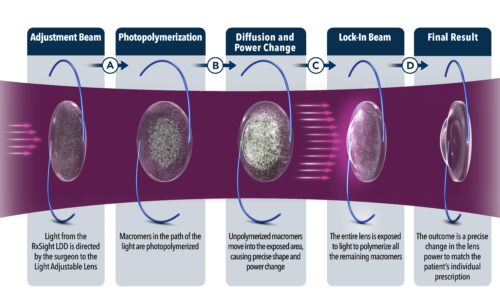
Customization Post-Surgery
After cataract surgery, your ophthalmologist can adjust the Light Adjustable Lens™ based on your specific needs. As your eye heals and your vision stabilizes, any necessary changes to the lens prescription can be made, ensuring your visual outcomes are customized to your lifestyle and preferences.
Enhanced Visual Acuity
With the Light Adjustable Lens™, you are more likely than traditional lenses to achieve 20/20 vision or better. The post-surgery adjustment capability contributes to superior visual acuity, reducing reliance on glasses or contact lenses.
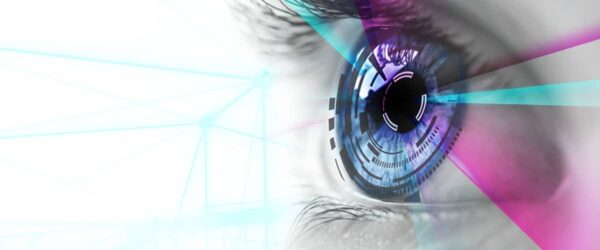
Candidate for Light Adjustable Lens™ (LAL®)?
Below are factors to consider when evaluating if you are a good candidate for LAL®:
- Pre-existing Conditions: Individuals without certain eye diseases, such as active diabetic retinopathy and macular degeneration, or those with a history of herpes eye infections are better candidates.
- Post-Surgery Adjustments: If the potential for post-operative fine-tuning of your lens power appeals to you, LAL ® could be suitable.
- Commitment to Follow-Up: LAL® requires multiple post-operative visits for adjustments and final lens setting. This process may include 3-4 light treatment sessions.
Surgical Procedure and Aftercare
Implantation Process
During surgery, your natural lens is replaced with the Light Adjustable Lens™, similar to traditional cataract surgery. It is a quick outpatient procedure, and local anesthesia ensures your comfort.
Post-Operative Adjustments
Following the implantation, the unique feature of the LAL® is it’s adjustability. After your eye heals, which usually takes about two to three weeks, you will undergo light treatments. These sessions use a special device to adjust the LAL® to tailor the lens’s refractive power to your specific visual requirements. Typically, you will need two to three adjustments.
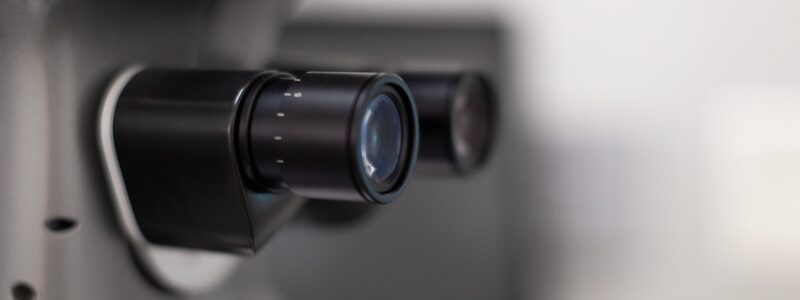
Lock-in Protocol
Once you and your surgeon are satisfied with the outcome, a final light treatment is applied to the lens to lock in the adjustments permanently. This lock-in protocol is an essential step that concludes the adjustment phase. You must avoid UV exposure before the lock-in is complete to prevent unintended changes to the lens, so it is important that the UV-protected glasses that will be provided by your surgeon are worn at all times that you are outside; whether in low light or full sunshine.
Contact Coastal Vision Center
today to schedule your consultation and learn more about the Light Adjustable Lens™ technology!

